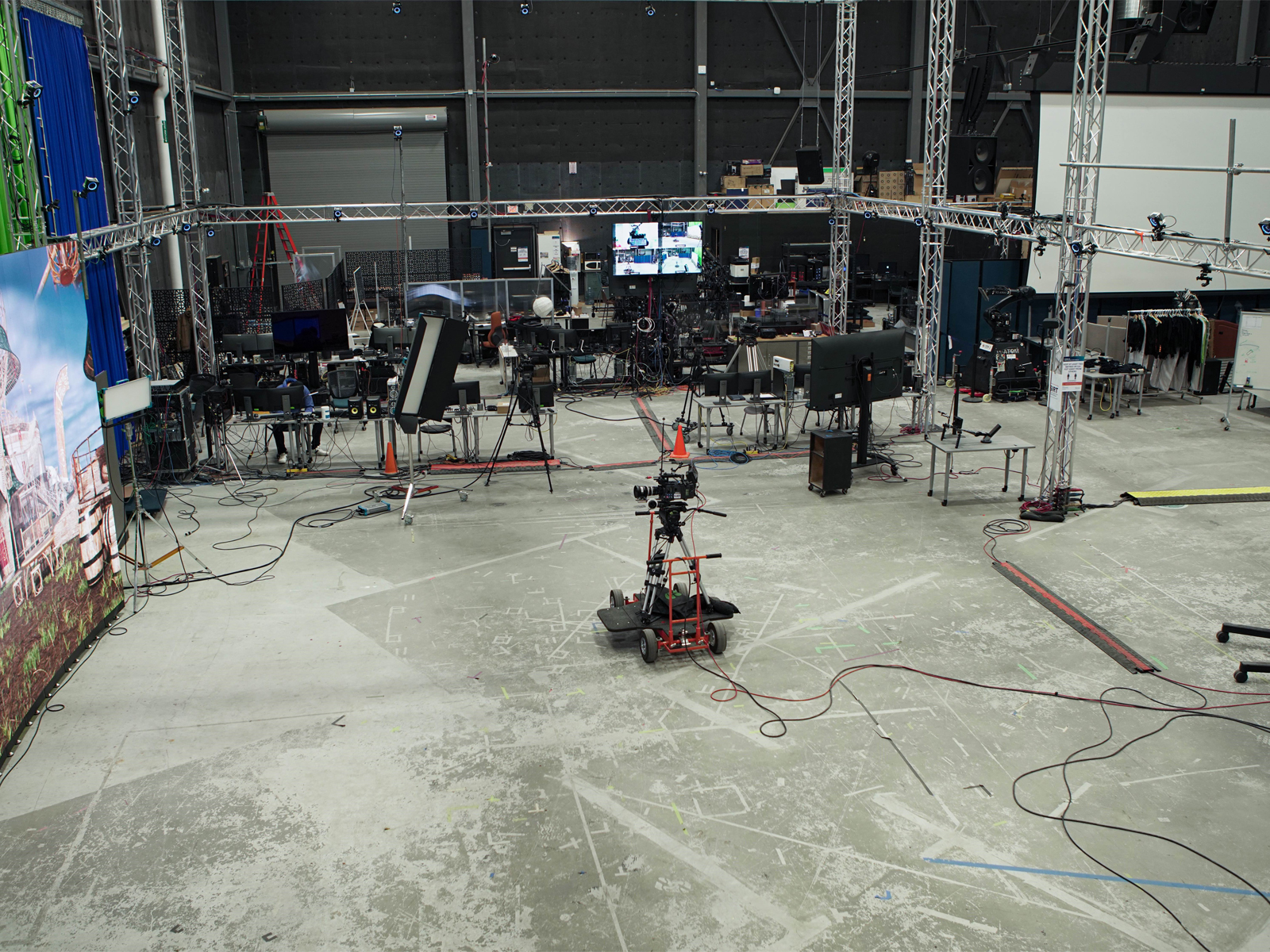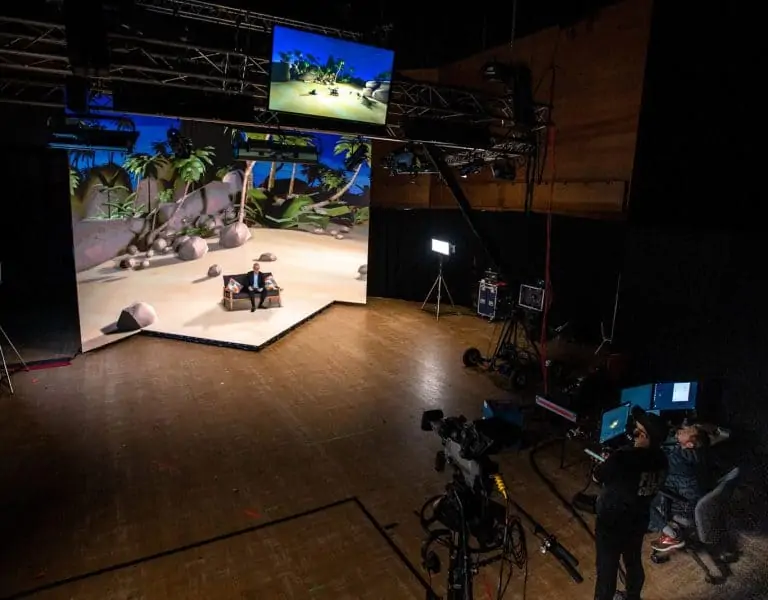
The Screen Industries Research and Training (SIRT) Centre at Sheridan College is one of Canada’s leading Technology Access Centres (TAC), dedicated to research, applied learning, and innovation in the screen industries. Located at Pinewood Toronto Studios in the heart of the city’s entertainment district, SIRT is a premier destination for film, television, and gaming professionals to test and validate emerging technologies and new workflows.
One of SIRT’s main roles in the industry is to explore emerging trends to encourage innovation and technological advancement. For the past several years, SIRT has been prioritizing virtual production for film and television, working with some of the country’s top studios including Pixomondo and Spin VFX on research and validation. A key area of focus is on in-camera visual effects for productions filmed in LED volumes.
SIRT channelled its efforts in this area into an official Virtual Production Innovation Hub which opened in April 2021. Through a partnership with APG Media, SIRT has had the opportunity to test multiple different products and configurations for virtual production, and recently opted to purchase four of Brompton’s Tessera S8 LED video processors to power its main LED volume, which measures 2,800 square feet and is comprised of 77 Hyper Pixel LED panels.
Validating Brompton’s innovative features such as 3D LUT and Frame Remapping are a high priority for the team at SIRT. 3D LUT lets users import their look up tables directly into the LED processor to instantly apply them to content on the wall, thereby integrating the LED screen into the colour management workflow and enabling colour grading in real time. This ensures greater consistency throughout production and unlocks greater creative flexibility on set.
SIRT’s Production Lead Jason Hunter shared, “One of the most memorable moments for me was when we first got our Brompton processors in, and we realized we could adjust the colour right on the unit to better match our virtual assets to the real world props, and see it update in real time. It’s an amazing time-saver for DPs to be able to look at a curve editor and make their colour adjustments, rather than doing it in a game engine. That was a big ‘aha’ moment for us, to ask why would we ever use an LED processor that didn’t have this capability?”
Frame Remapping is another industry-first feature that enables multiple cameras to shoot different content on the same LED screen simultaneously, each with the correct perspective, facilitating multi-camera shoots in virtual production.
“Our goal is to be scalable and adaptable, so if a company wants to test how something would run in different scenarios, we can scale our technology appropriately to help them decide what they should purchase,” explained Hunter. “So that’s the reason for buying the four Tessera S8s: we know that we can run our panels on one processor, but we want to be able to divide it up and run the same amount of panels on four processors and feed it four GPUs or eight GPUs and have those different scaling tests. We anticipate multi-camera is what everyone will be asking about next, so we want to have the bandwidth to put Frame Remapping through its paces.”
“As adoption of virtual production continues to grow across Canada, SIRT plays a critical role in guiding the industry and helping to establish best practices, especially when it comes to the colour pipeline and multi-camera workflows,” said Adam Callaway, Technical Solutions Manager at Brompton Technology. “We’re thrilled to expand our relationship with SIRT and look forward to helping them tackle new challenges.”
For more information on SIRT and its Virtual Production Innovation Hub, please visit here or watch the video about SIRT’s new LED wall installation here.












